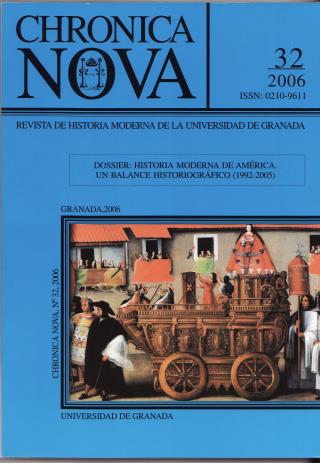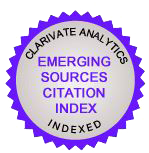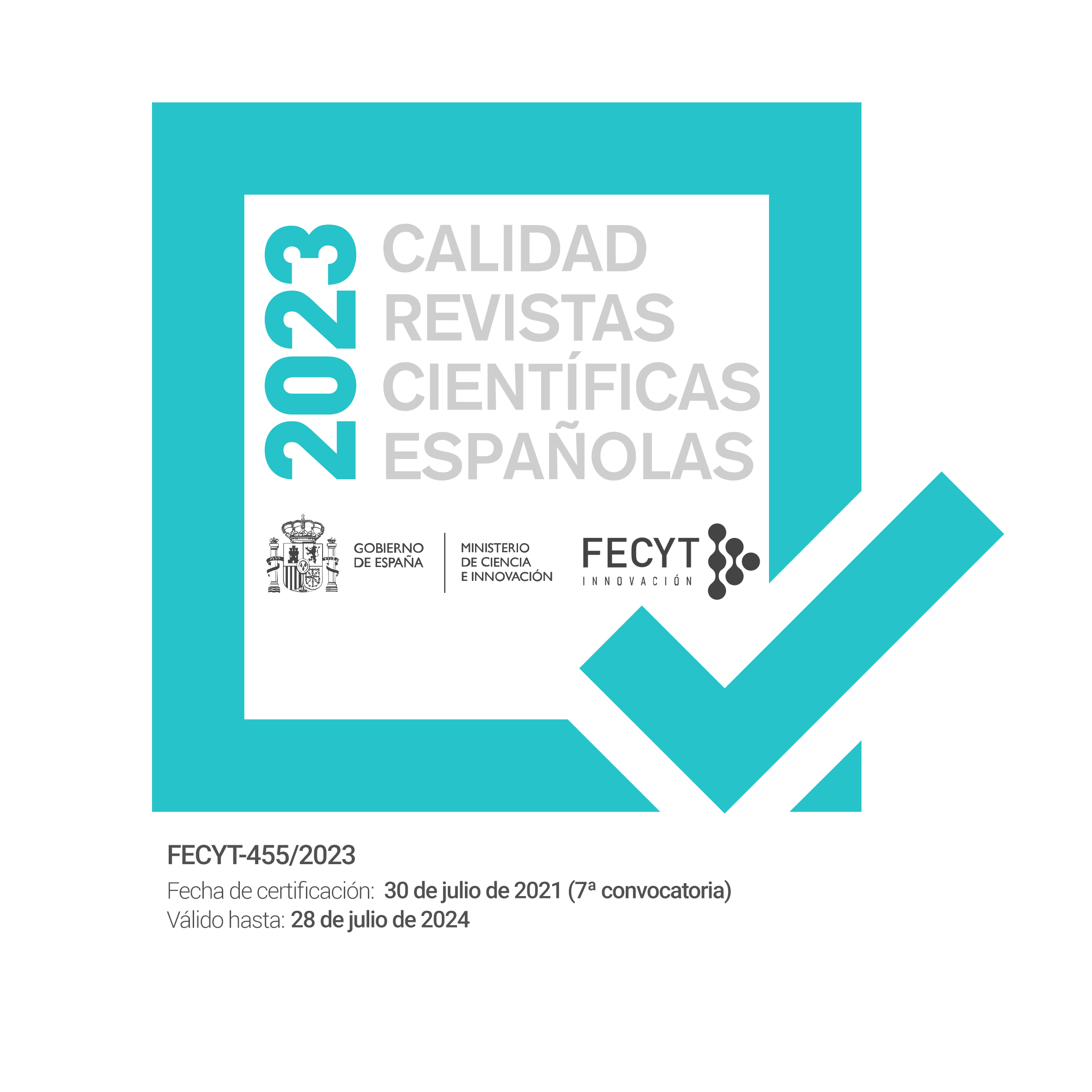Cervantes' Quijote and 'the times of Quijote' by Vilar: changes at the juncture of the end of the 16th century and the beginning of the 17th
DOI:
https://doi.org/10.30827/cn.v0i32.1758Keywords:
Spain, Castilla, 16th and 17th Centuries, Economy, Society, Monarchy, Public finance and debt, CreditAbstract
Following the theme of the writings of the immortal work of Cervantes and the seminal essay of Pierre Vilar, both cited deliberately in its title, this article proposes a reflection on the change of trend that took place in Castilla at the end of the 16th Century and the beginning of the 17th, and attempts to better understand the how and why of this change, naturally, situating it within a broader historic period in order to better unravel its meaning. But it also wishes to be a sample of the possibilities that literature—and even more so, great literature—offers as a historical source, while at the same time paying homage to the eloquent teaching of the French Hispanist.
Downloads
Downloads
Published
How to Cite
Issue
Section
License
Nuestra revista se atiene a las recomendaciones para la implementación del Artículo 37 Difusión en Acceso Abierto de la Ley de la Ciencia, la Tecnología y la Innovación:
- Los/as autores/as cuyas contribuciones sean aceptadas para su publicación en esta revista conservarán el derecho no exclusivo de utilizar sus contribuciones con fines académicos, de investigación y educativos, incluyendo el auto-archivo o depósito de los artículos aceptados en repositorios institucionales o temáticos de acceso abierto de cualquier tipo en un plazo máximo de seis meses.
- Preferiblemente se permitirá el uso de la versión publicada de las contribuciones científicas, que estarán accesibles en abierto tan pronto como sea posible.
-
Que en caso de que el trabajo sea aprobado para su publicación, el/la autor/a autoriza de manera ilimitada en el tiempo a la entidad editora para que incluya dicho texto en Chronica Nova y pueda reproducirlo, editarlo, distribuirlo, exhibirlo y comunicarlo en el país y en el extranjero por medios impresos, electrónicos, CD, Internet o cualquier otro medio conocido o por conocer.






 ISSN-e: 2445-1908
ISSN-e: 2445-1908










